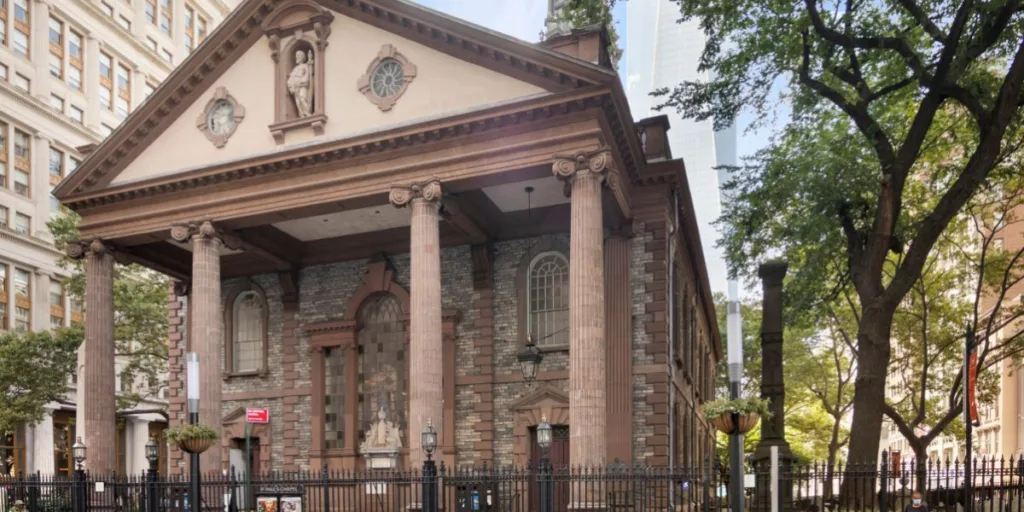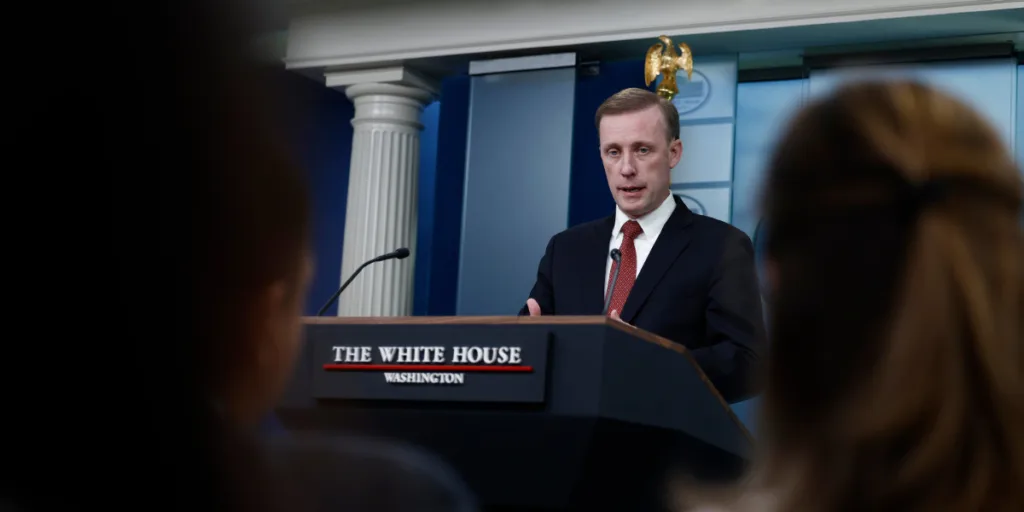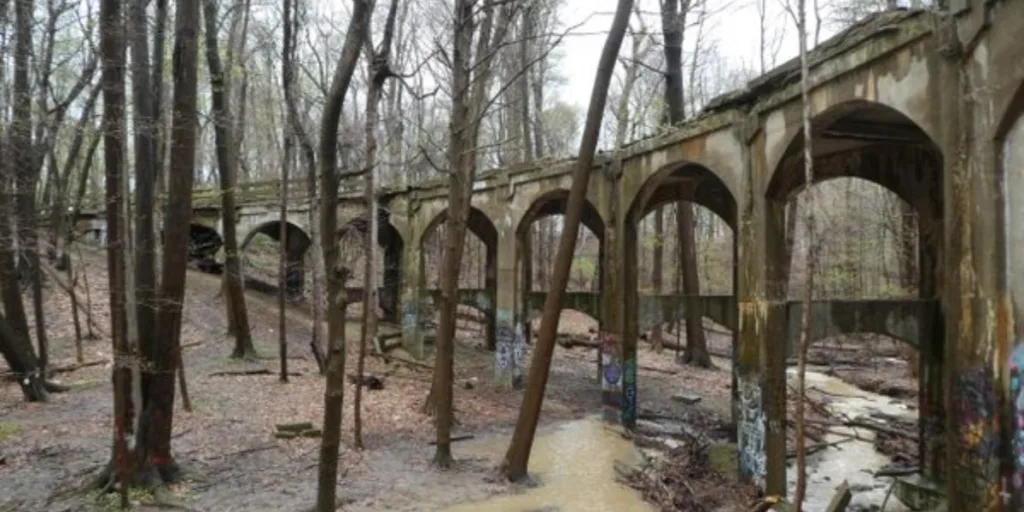In addition to its modern architecture and tall buildings, New York City is a bustling metropolis with a rich historical fabric woven throughout the cityscape.
Among its numerous wonders are structures that have withstood the test of time and provide insight into the past of the city. The top five oldest structures in New York City are as follows:
Wyckoff Farmhouse Museum (Brooklyn)
The Wyckoff House, the oldest house on Long Island, was constructed in 1652 by Pieter Claesen, a Dutch immigrant, and his wife, Grietje, according to Study Country.
In 1937, the Wyckoff House & Association, Inc. was established by Pieter Claesen’s and Grietje’s descendants who banded together to buy and protect their house from impending demolition.
In the 1960s, the Wyckoff House Foundation acquired possession of the land and gave it to the NYC Parks Department.
The house survived a fire in the late 1970s and was eventually restored in the early 1980s, making it the first building in New York to be classified as a historic landmark in 1965. Despite the restorations, the house is still the oldest surviving example of a Dutch saltbox frame house in America.
Read More: Sunset Strolls: 5 Top Sunset Viewing Spots in NYC
Van Cortlandt House Museum (Bronx)
Located in the Bronx, the Van Cortlandt House Museum is a noteworthy historical site that dates to the middle of the eighteenth century. During the British occupation of Manhattan during the American Revolutionary War, it held the distinction of having housed George Washington and acting as a tactical hiding for important documents.
![]()
Entering the Van Cortlandt House Museum felt like entering a time warp dedicated to the Revolutionary War. It was amazing to think of George Washington planning inside those walls.
Read More: Budget Bites: Where to Find Cheap and Delicious Brunch in NYC
The Dyckman Farmhouse Museum (Manhattan)
The Dyckman Farmhouse, which dates to the late 1700s, is a reminder of Manhattan’s agricultural past. William Dyckman built this house to replace the family’s first home, which was destroyed in the Revolutionary War.
It depicts the simple way of life that the first residents of Manhattan led. The house was rented out when the Dyckman family’s occupation ended in the 1870s, and then it fell into disrepair.
Daughters Alice Dyckman Dean and Fannie Fredericka Dyckman Welch bought the house and brought it back to resemble it in 1784, hoping to honor their ancestry.
These days, it draws tourists who want to travel back in time and live like they’re in medieval New York. The farmhouse is open for exploration on Fridays and Saturdays from 11 a.m. until 4 p.m.
Read More: Touching the Clouds: Exploring Arkansas’ Top 5 Tallest Buildings
The Historical Schenck Residence (Brooklyn)
Being one of the oldest homes in the borough, Schenck House in Brooklyn has a particular place in people’s hearts. Built sometime in 1675, it stood as a major landmark for about 300 years in the Mill Basin region.
Once owned by the Schenck family, the house was in danger of being demolished until 1952, when the Brooklyn Museum intervened to save it.
![]()
The house’s subsequent architectural alterations were taken out as part of efforts to restore the building’s historic integrity in the middle of the 20th century.
Repairing the house in a historically appropriate shade of red, identified from paint fragments dating back to the 17th century, was one of the home’s noteworthy restorations in 2005.
Read More: NYC Living: NYPD Data Reveals the Safest NYC Neighborhoods
The Bowne House (Queens)
Built in 1661, Bowne House is a monument to religious tolerance. This Queens residence served as a testament to John Bowne’s groundbreaking advocacy for religious liberty.
Bowne showed incredible bravery by permitting Quakers to assemble for worship at his home during a period when Dutch authorities tightly restricted religious expression.
Not to be discouraged, he successfully advocated for religious autonomy in the Netherlands, which resulted in a historic ruling in favor of liberty of conscience. His subsequent detention and exile did not stop him.
I was struck by the powerful tale of religious liberty told by The Bowne House. It was wonderful to watch the restoration process take place, however it was a little disappointing that several places could not be accessed because of continuing work.
According to Queens Library, the Bowne House is undergoing meticulous restoration today to honor its illustrious past and its significance in the history of the United States. For an up-close look at a portion of the story of religious freedom, stop by the house on Wednesdays between 1 and 4 p.m. or make an appointment.
Read More: This City Has Been Named the Most Dangerous City to Live in Georgia
To Conclude
Beyond its modern marvels, New York City has a rich history. These five oldest buildings serve as reminders of the rich history of the city, providing insight into everything from Dutch settlements to Revolutionary War tactics and the struggle for religious freedom.
Therefore, a visit to these architectural treasures is essential for anybody looking to gain a deeper understanding of NYC’s evolution.



